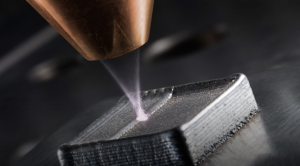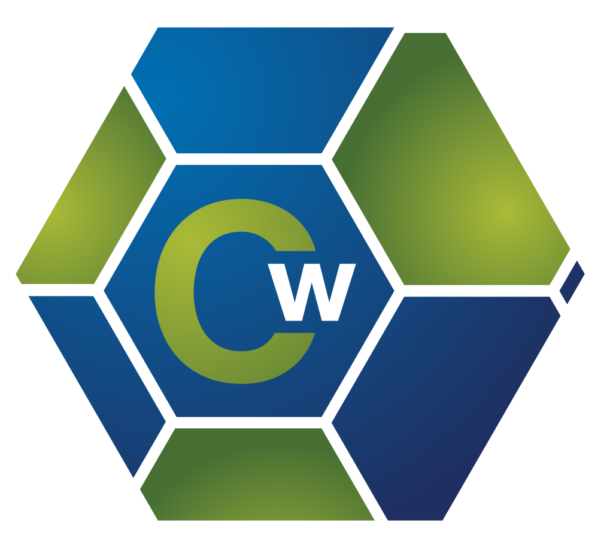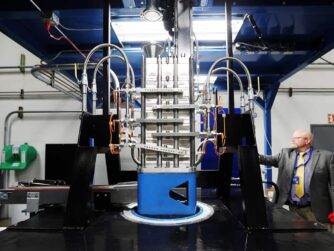 This week, I welcome Dr. Anthony Rollett on the show. He is the co-director of the NextManufacturing Center and professor of Materials Science and Engineering at Carnegie Mellon University.
This week, I welcome Dr. Anthony Rollett on the show. He is the co-director of the NextManufacturing Center and professor of Materials Science and Engineering at Carnegie Mellon University.
He’s an expert in the 3D printing of metals and his research focuses on microstructure, strength of materials, constitutive relations, texture, porosity and formability.
On this episode, we’ll be discussing 3-D printing and the problems related to printing metals such as titanium.
Although 3-D printing is currently being used for rapid prototyping, the longterm vision is to have it included in the mainstream manufacturing process for bigger applications, such as aerospace parts and high performance automobiles. Improving the internal structure of 3-D printed metal parts like titanium is one of the main challenges that need to be met in order for this manufacturing process to be adopted in a more mainstream way in the future.
Looking deep inside thin slices of 3-D printed titanium parts, defects were found that are not visible to the naked eye. These defects were tiny microscopic pores, making parts more susceptible to breakage when exposed to repeated weight or stress over time. Less porosity will mean stronger, more reliable end-parts in the future.
On today’s episode, I’ll be discussing the issue of porosity with Dr. Rollett, and how porosity in 3-D printed parts might be eliminated by making adjustments to the process parameters of the machine.
You can see how 3-D metal printing works by watching this video below:
Podcast: Play in new window | Download











